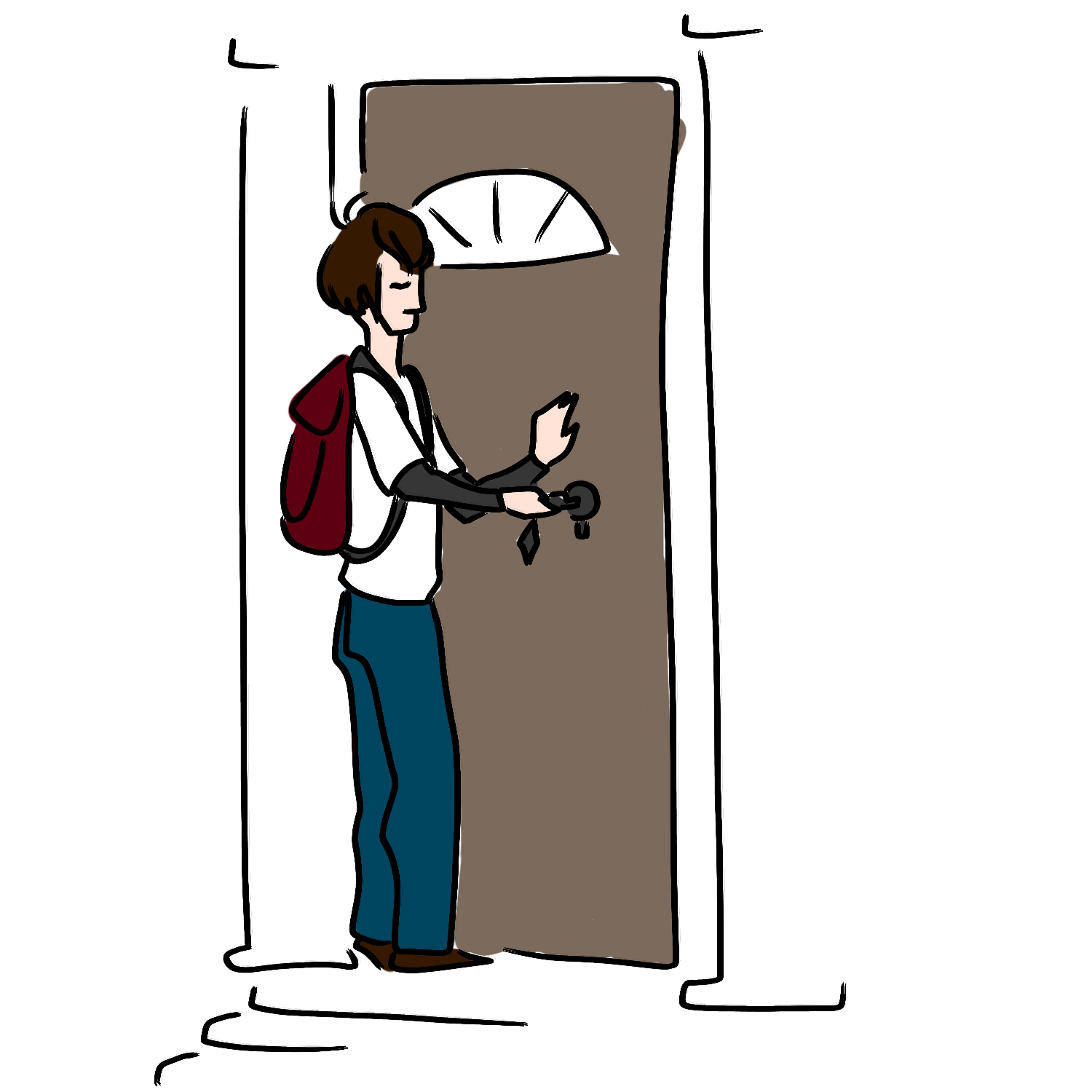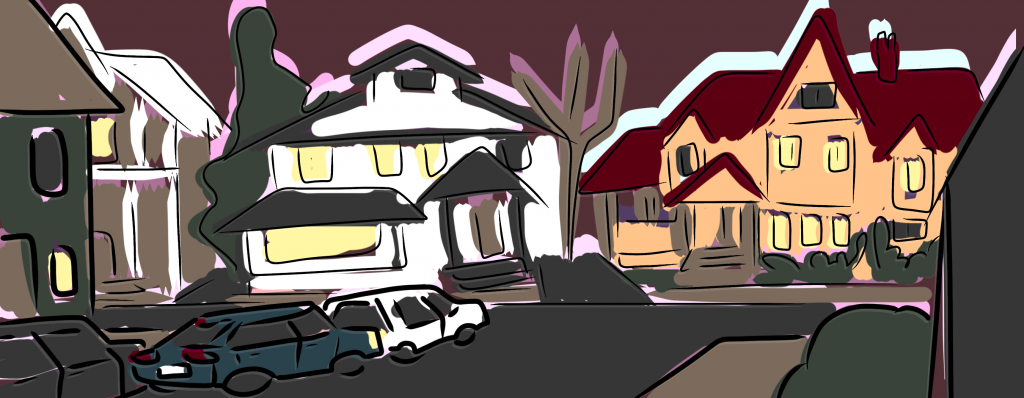
A proposed update to Binghamton’s zoning laws aims to address concerns about parking and neighborhood character, but could also heavily impact off-campus student housing, particularly in residential areas of the city.
The sweeping changes include a measure that would ban new construction or conversions that would result in a single-family house having more than four bedrooms. The law would create a new classification, “congregate living,” which would allow some houses in certain residential areas to have up to 10 bedrooms, but to take advantage of the code, landlords would need to get special permits and deal with increased requirements for large, multi-bedroom homes.
Deputy Mayor Jared Kraham said the changes are intended to provide needed updates to Binghamton’s zoning laws, which were last revised in 2011 and were fully overhauled in 2006. This time around, officials in the mayor’s office and Planning Commission aimed to target “burdensome” and “loose” regulations.
“These more-than-four bedroom units, most of which are the result of likely illegal conversions on the West Side, result in the destruction of single-family homes and it makes it difficult to sell them again,” Kraham said. “Right now, there’s very little the city can do to regulate them because of the way the zoning law is written.”
Binghamton’s West Side, a heavily student-populated area of the city, would be strongly impacted by the changes. Under Binghamton’s current zoning classifications, congregate living units would be permitted in areas east of Oak Street, but on several other streets popular with student renters, including Murray Street, Chapin Street and Chestnut Street, the construction or conversion of houses with more than four to five bedrooms would be banned. Drafts of the proposed changes cite “adverse impacts to parking, open space and neighborhood character” as the driving force behind the proposal.
Council member Dan Livingston, who represents Binghamton’s second district in the Binghamton City Council, said constituent concerns about parking are part of the reason he is in support of the changes to the city’s zoning law. Livingston’s district, which stretches from Binghamton’s border with Johnson City to Laurel Avenue on the city’s West Side, has a mix of student renters and more permanent residents, many of which are families.
“When you’ve got a car per student on the street, it creates a bit of a strain in my neighborhood,” Livingston said.
By banning congregate living in areas classified as R-1 or R-2 zones, such as Livingston’s district, the proposed updates would aim to control the number of people living and parking along city streets that officials say were not built to handle the number of students living off campus. The changes would also require landlords or developers building or converting four or five bedroom units to provide “the minimum off-street parking requirement” for residents of the building.
Parking is also a concern in other areas of the city, such as Binghamton’s fourth district, which encompasses Downtown Binghamton and is represented by council member Conrad Taylor, ‘17. Taylor, who was elected to the Binghamton City Council while attending Binghamton University, said he understands student and landlord concerns about the new restrictions imposed by the zoning changes, but noted that the proposals could help parking in his district, as they would require bicycle parking in off-street lots with more than 10 spaces.

“Most things, I’m supportive of,” Taylor said. “I’ve had a lot of constituents reach out about parking issues and I think this will help to alleviate that, but there are some questions about whether we should be restricting property owners and landlords to require them to have their parking on-site in residential districts. That’s a really big question I still have and haven’t really come to a personal decision on.”
But Hamza Syed, ‘15, who owns nine properties on Binghamton’s West Side, said the changes will greatly impact local landlords. Although Binghamton currently has a surplus of off-campus student housing, he said the proposed updates could drive rent prices up.
“If a landlord is giving five or six kids a room in a house, he’s charging them enough to make his cap rate that he has to make,” Syed said. “But if he only has four kids, he still has to pay his mortgage, pay utilities and all that, so in order to recoup the price of the full unit, he’s going to have to raise rent prices.”

Syed also dismissed the idea that neighborhood atmosphere could suffer because of student renters.
“A lot of the neighborhoods oftentimes gets better because of the students,” Syed said. “A lot of my neighbors that are families and live around here, they like having students live around here, especially when they have an attentive landlord.”
Still, Livingston worries large, multi-bedroom homes in neighborhoods like his could become an increasingly urgent problem.
“Part of my concern about spinning out houses into multi-bedrooms is not just about the character of the neighborhood, but the structure of the building itself,” Livingston said. “A lot of these houses are not built for that. It’s important to provide guidelines so the house doesn’t become a blight on the neighborhood.”
A public hearing on the proposed zoning changes will be held from 6:30 p.m. to 7:30 p.m. on Oct. 23 at Binghamton City Hall. Syed plans to be there — and Livingston, Taylor and other elected officials will also be in attendance. Several Binghamton City Council members said whether the proposed zoning changes will pass may depend heavily on comments from the public.
“I think it’s really important that people participate in these things,” Livingston said. “It does change the outcome.”



